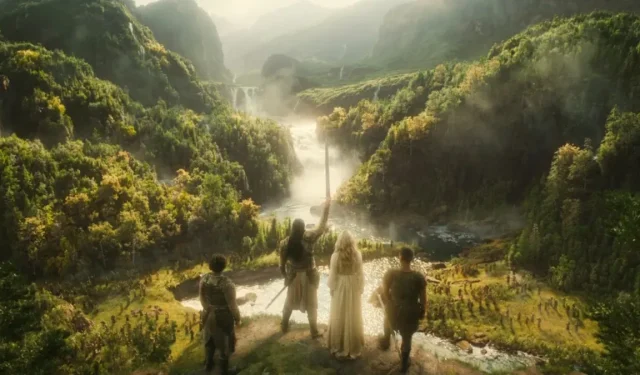
This is a bold assertion that may risk backlash quicker than fantasy series are canceled by streaming services after a mere season: The Lord of The Rings: The Rings of Power manages to respect Tolkien’s lore more effectively than the classic LOTR films, despite notable deviations from the source material.
I understand the weight of such a statement. But before you ready your weapons—be it sword, bow, or axe—allow me to clarify! I’m a massive fan of Peter Jackson’s films, which have undoubtedly earned their status as the greatest of all time (GOAT). However, I accept that this trilogy made several alterations to what Tolkien’s most fervent fans consider canon. Thus, it’s perplexing that many remain resistant to the adaptation choices in Rings of Power, especially when the themes presented resonate as a more authentic tribute to Tolkien’s intricately woven lore compared to the films.
The LOTR Films Also Strayed from Canon

I bear no ill will toward the changes made to the original texts to cater to the storytelling in the films. Indeed, it was a disservice to Glorfindel when they assigned Arwen the role of rescuing Frodo from the Nazgûl. Additionally, Tom Bombadil was entirely omitted. While the book’s Aragorn embraced his heritage as Isildur’s heir and sought his rightful claim, the film’s depiction of Aragorn’s internal conflict was more engaging for viewers who hadn’t read the books. Timeline compression—like Frodo not waiting 17 years for Gandalf to return and reveal the truth about Bilbo’s ring—was a necessary adjustment, as depicting Tolkien’s complex timelines on screen is a daunting task.
Consequently, many of the frequent criticisms aimed at The Rings of Power for deviating from canonical character portrayals and timelines (such as intertwining Númenor’s political crises with the siege of Eregion and the war against Sauron) can be disregarded; these adjustments enhance the show’s narrative effectiveness. And when it comes to its alignment with the source material? Let’s explore further.
The Rings of Power May Deviate but Remains Rooted in Lore
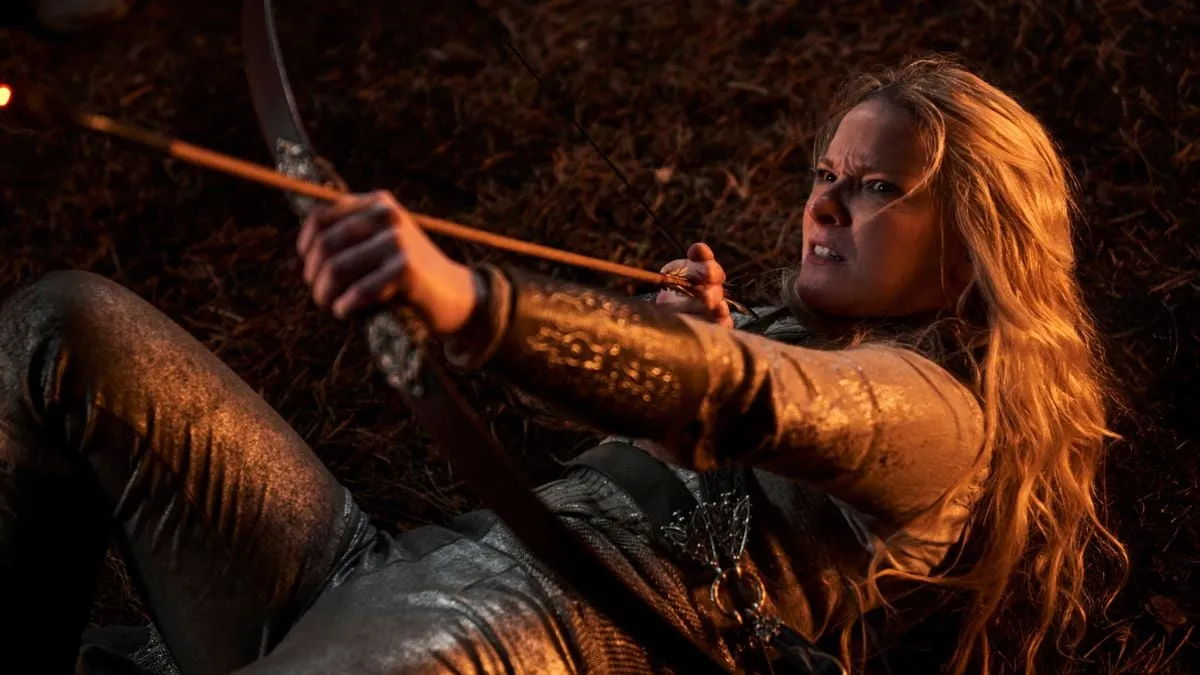
Since its first season, the depiction of Galadriel as a fierce warrior and commander under Gil-galad, along with the absence of her husband Celeborn, has irked many dedicated Tolkien fans. They criticized her journey to Númenor, her interactions with Sauron, and the decision to forge the elven rings before the One Ring. Furthermore, objections arose regarding Annatar’s presence during the siege of Eregion instead of Sauron attacking post-creation of the One Ring, and the puzzling appearance of a character resembling Gandalf in the Second Age, traversing Rhûn.
As Rings of Power continues to expand upon its narrative, it seems that the more it explores its mythology, the more disdain it attracts from certain Tolkien enthusiasts. For example, the Stoors are depicted living in a desert setting, yet they were traditionally riverfolk. Additionally, the portrayal of Sauron as a formless black substance draws criticism—he was a powerful Maia, after all! Many argue that it’s preposterous to suggest Galadriel might be seduced by Sauron, especially given her marriage to Celeborn and her motherhood.
However, the critiques often fail to acknowledge how deeply The Rings of Power draws from Tolkien’s writings, particularly his lesser-known drafts detailing various timelines, events, and character developments. Many aspects of Tolkien’s lore are complex and contradictory; even Christopher Tolkien recognized this when compiling his father’s works in books like Unfinished Tales. For instance, while it is established that the wizards arrived in Middle-earth during the Third Age, some writings indicate they could have also appeared in the Second Age.
The Rings of Power Offers Fresh Interpretations Rooted in Tolkien’s Work
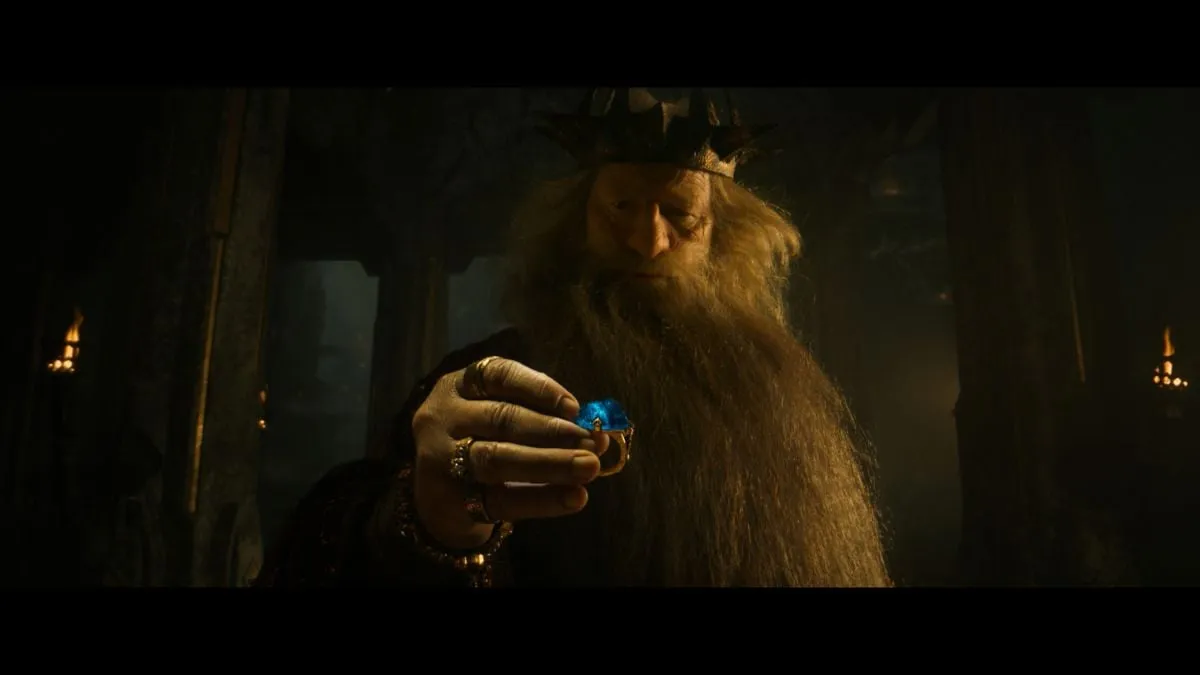
Tolkien never provided a comprehensive account of the dwarven rings of power beyond indicating they intensified the bearers’ avarice. He also left much of Sauron’s activities in Rhûn mysterious during periods of his absence, particularly after Morgoth’s demise. Filling in these narrative gaps requires a touch of creativity to produce compelling storytelling. Thus, when The Rings of Power opts to interpret these gaps through intriguing new characters like Adar, loosely based on Tolkien’s fragments about the First and Second Ages, it represents a valuable expansion of the narrative while maintaining respect for the original lore.
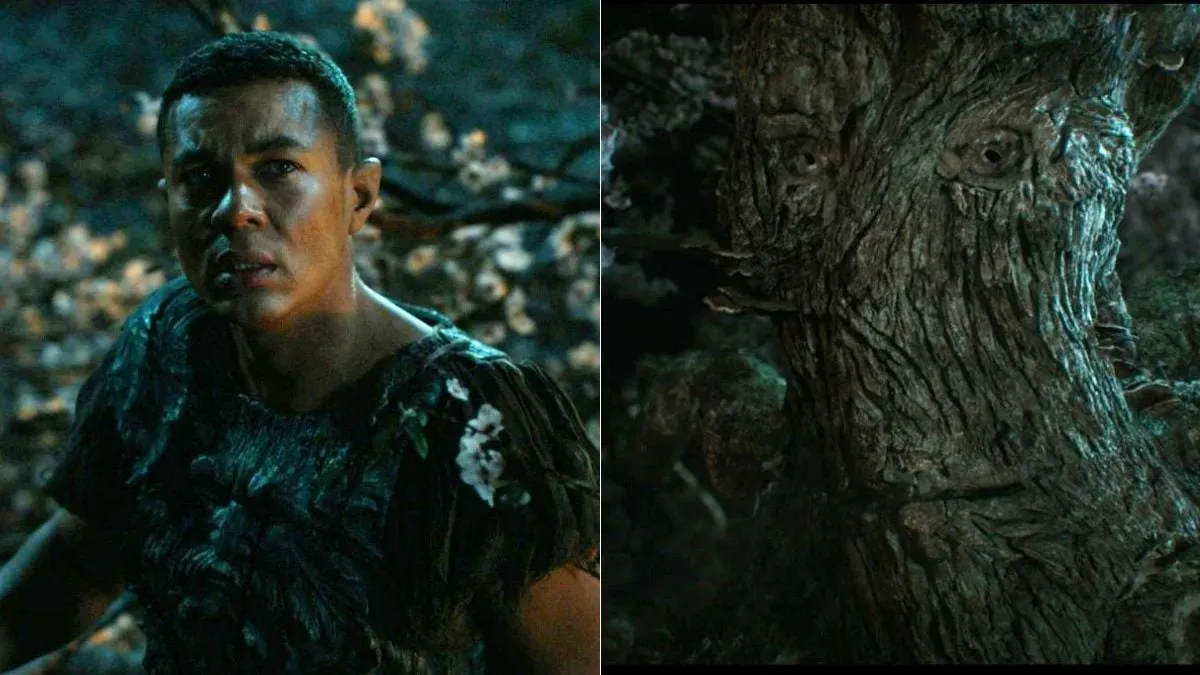
Consider Arondir, the Silvan elf, who epitomizes the essence of Tolkien’s depiction of elves. His character is rich with a profound appreciation for nature, and his encounter with the Entwife in season two is both poignant and unmistakably true to Tolkien’s vision, making the critique of his character hard to understand. This critique often feels biased against his portrayal by a person of color. While many elements involving trees, elves, and ents were not explored in the LOTR films, Rings of Power excellently leverages its format to delve into these themes more prominently.
Moreover, Tolkien suggested multiple times that Galadriel, referred to as Nerwen (meaning man-maiden) by her mother, had a formidable physique and participated in various athletic feats, defeating several elves. Thus, the idea of her being a warrior leading an elven army does not seem far-fetched. With Sauron’s murder of her brother Finrod and the Noldor elves’ notorious drive for vengeance, one could argue that Galadriel’s desire to confront her brother’s murderer and her obsession with this dark quest could transform her from a young warrior into the wise Lady of Light we eventually recognize. While Tolkien may not have explicitly detailed this version, he certainly laid the groundwork for it.
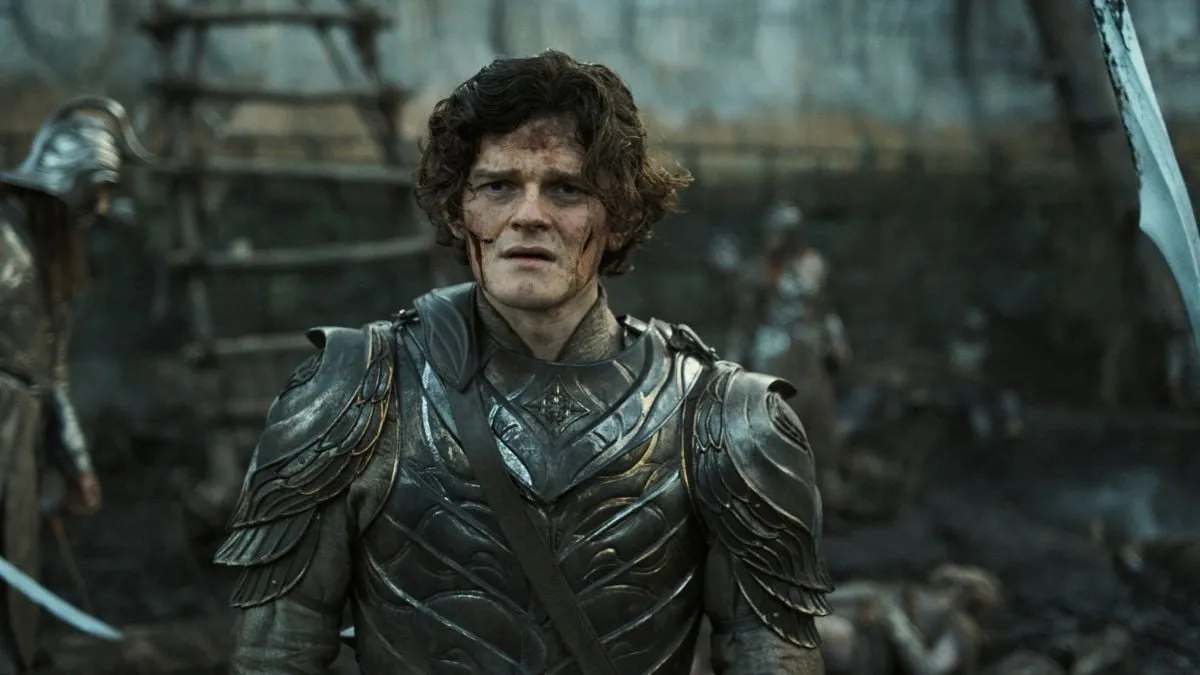
It is reasonable to evaluate the merit of changes made in adaptations to source material. By condensing vast timelines and depicting the fall of Númenor concurrently with Sauron’s manipulation and the arrival of Gandalf, TROP orchestrates a unified decline of the races in Middle-earth while allowing a select few heroes to emerge and a true emissary of the Valar to arrive. The interplay of ruin and redemption unfolds simultaneously, accentuating the struggle between good and evil—an idea that fits seamlessly within Tolkien’s narrative framework.
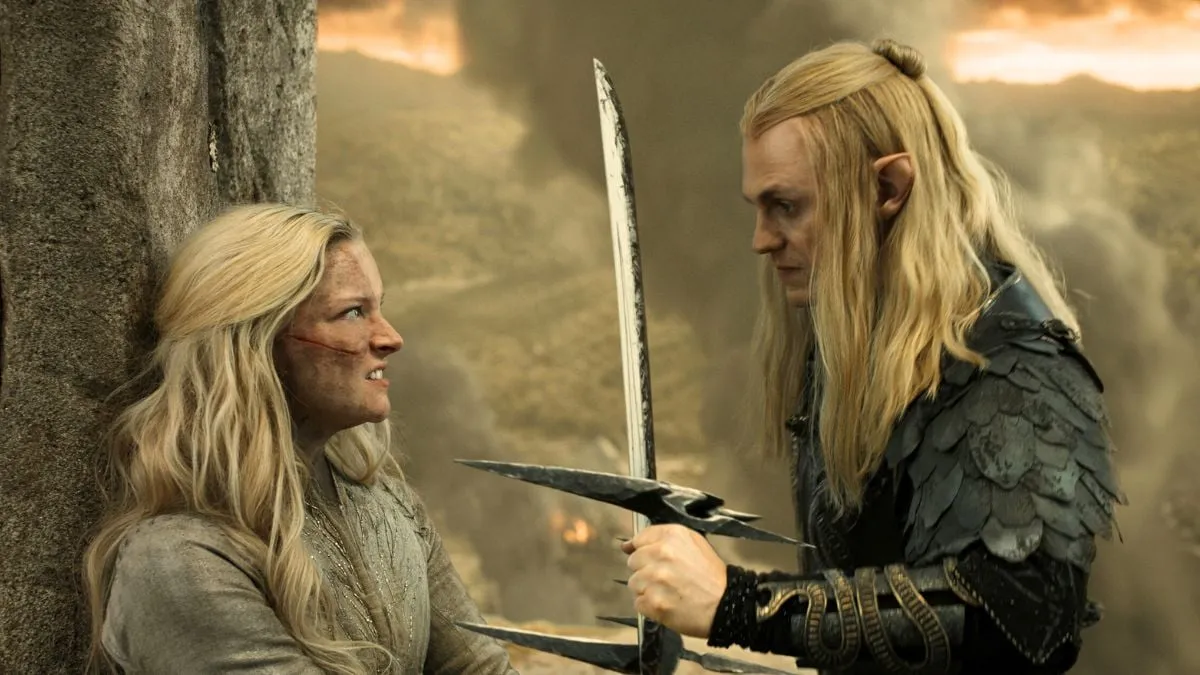
The nuanced romantic element introduced in the relationship between Sauron and Galadriel, where the dark lord constantly seeks to entice the Lady of Light to join him, walks a fine line. Yet, it can still be incorporated into the interpretations of the original texts. Galadriel herself notes Sauron’s persistent attempts to infiltrate her mind despite her mental defenses. This new viewpoint raises the stakes and enriches their character arcs, making them more multidimensional. The portrayals of Sauron by Charlie Vickers, alongside his dynamic with Morfydd Clark’s Galadriel and Charles Edwards’ Celebrimbor, are striking, leading to a deeper understanding of Sauron’s character than before.
It would be easy to accept textbook interpretations of iconic figures like Sauron, Elrond, and Elendil, but doing so would render them aloof and unapproachable as they appeared in the LOTR films. Rings of Power humanizes these characters by incorporating their flaws and rooting their monumental tales in relatable experiences. The relationship between Elrond and Durin not only provides insight into elven and dwarven psyches but also enriches Elrond’s disdain toward dwarves expressed during the Council in Fellowship of The Ring. Moreover, this friendship parallels the camaraderie shared by Legolas and Gimli, lending depth and history to their interactions.

And then there’s Tom Bombadil, a captivating character whose true essence remains elusive. Tolkien, who abhorred allegory, left discussions of this figure open to interpretation within the story’s context. This reimagined Bombadil in Rings of Power may not yet resemble the character we know; I appreciate the notion of him being a guardian awaiting the arrival of someone like the Istari, to whom he might entrust the knowledge needed before he retreats completely and allows the younger generations to navigate the rest of the tale.
The Rings of Power Prioritizes Thematic Resonance Over Literal Interpretation
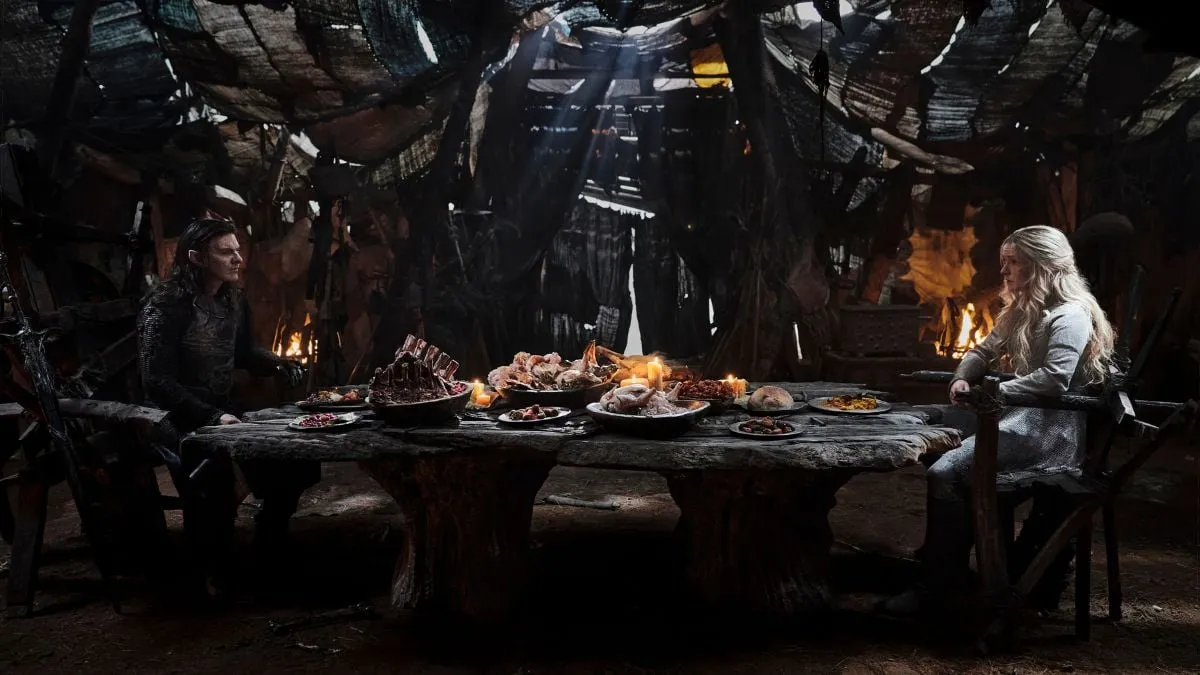
Rings of Power does not aim for a direct adaptation of the lore. Yet, the essence of Tolkien resonates throughout, akin to the intricate, layered melodies of Bear McCreary’s exceptional score, inviting those willing to fully engage their senses to discover its depths. Numerous references and details are embedded within the series that ought to thrill Tolkien enthusiasts—such as Galadriel’s hair braids during battle and mentions of legendary figures from the First Age, along with the shrine of the Vala Nienna in Númenor, which Kemen ultimately destroys. The original character of Adar, deriving inspiration from various First Age elves, illustrates how rich the lore remains, just waiting to be uncovered.
Though not all elements might adhere to ‘canon’, they are cultivated from ideas seeded by Tolkien in his extensive writings, offering audiences a more profound understanding of his messages than the cinematic adaptations could provide. Additionally, while The Lord of The Rings presents a fully realized narrative, the tales of the First and Second Ages are compiled from a wealth of scattered writings by Tolkien. To truly appreciate the multifaceted visions Tolkien harbored for this mythology, one would need to immerse themselves in The Silmarillion, Unfinished Tales, Children of Húrin, The Fall of Gondolin and Númenor, The History and Peoples of Middle-earth, and the appendices of LOTR.
Seeing events from the First and Second Ages brought to life on screen while prompting non-readers to search the origins of characters like ‘Melian the Maia’ or understanding that Isildur is more than just the one who failed to grasp the One Ring, fills a Tolkien enthusiast’s heart with joy. There is no need to fret about the integrity of the lore; it is thriving and evolving!




Leave a Reply